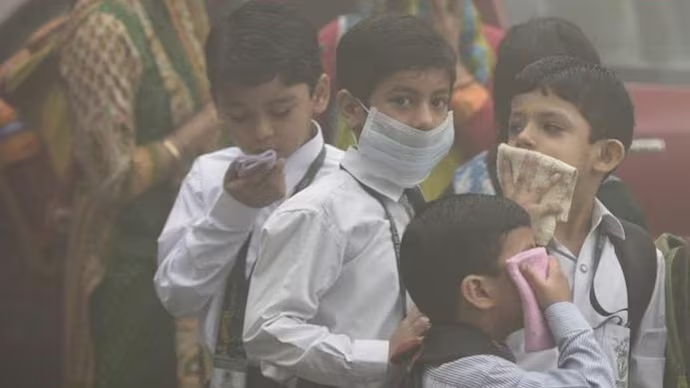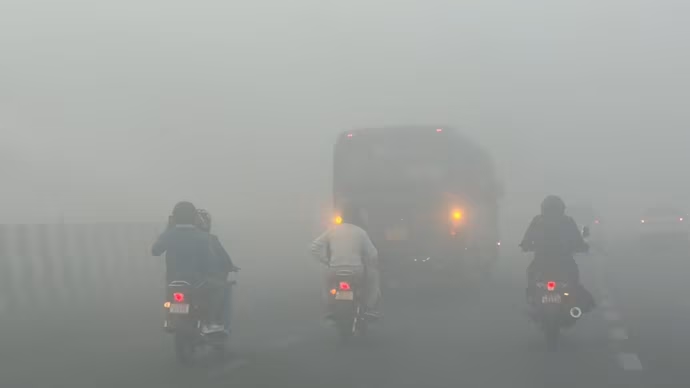A village located off the southern coast of Iran may have experienced dangerously high temperatures recently, with the Dayrestan Airport weather station recording a heat index of 82.2°C on Aug 28.
If verified, this heat index, along with a dew point of 36.1°C, could be among the highest ever recorded globally.

The temperature at Dayrestan Airport was noted as 38.8°C at 10:30 am on Aug 28, according to data from the US National Weather Service, which gathers global data from METAR reports used by aviation and meteorology professionals.
Although the temperature alone might not seem extreme, when combined with a relative humidity of 85%, it results in a "feels like" temperature of 82.2°C.
In arid regions, where humidity is typically lower, higher temperatures are often recorded, and the body generally feels cooler due to more effective perspiration evaporation.
However, in high humidity conditions, sweat evaporates less efficiently, causing the body to feel hotter and leading to potential overheating.
Prolonged exposure to a heat index between 40 and 54 °C can lead to heatstroke, a serious health risk.
The dew point, the temperature at which air becomes saturated with moisture and can no longer hold additional water vapor, is also notably high in this case.
Though these extreme temperatures are not yet confirmed, the broader region has been experiencing a severe heatwave, with temperatures reaching up to 50°C in recent weeks.

This intense heat has led to operational changes, including reduced hours at various facilities and mandatory closures of government and commercial institutions to conserve energy. Many people have sought medical attention for heatstroke as a result.
The record high on Aug 28 underscores the worsening climate conditions in the Global South. Experts warn that heatwaves are expected to become more frequent and severe.
Friederike Otto, a Senior Lecturer in Climate Science at Imperial College London's Grantham Institute, highlighted the broader implications: “In many regions, summers are becoming much hotter, heightening the risks of heatwaves, fires, and droughts, while winters are becoming wetter, increasing the chances of devastating floods.”














